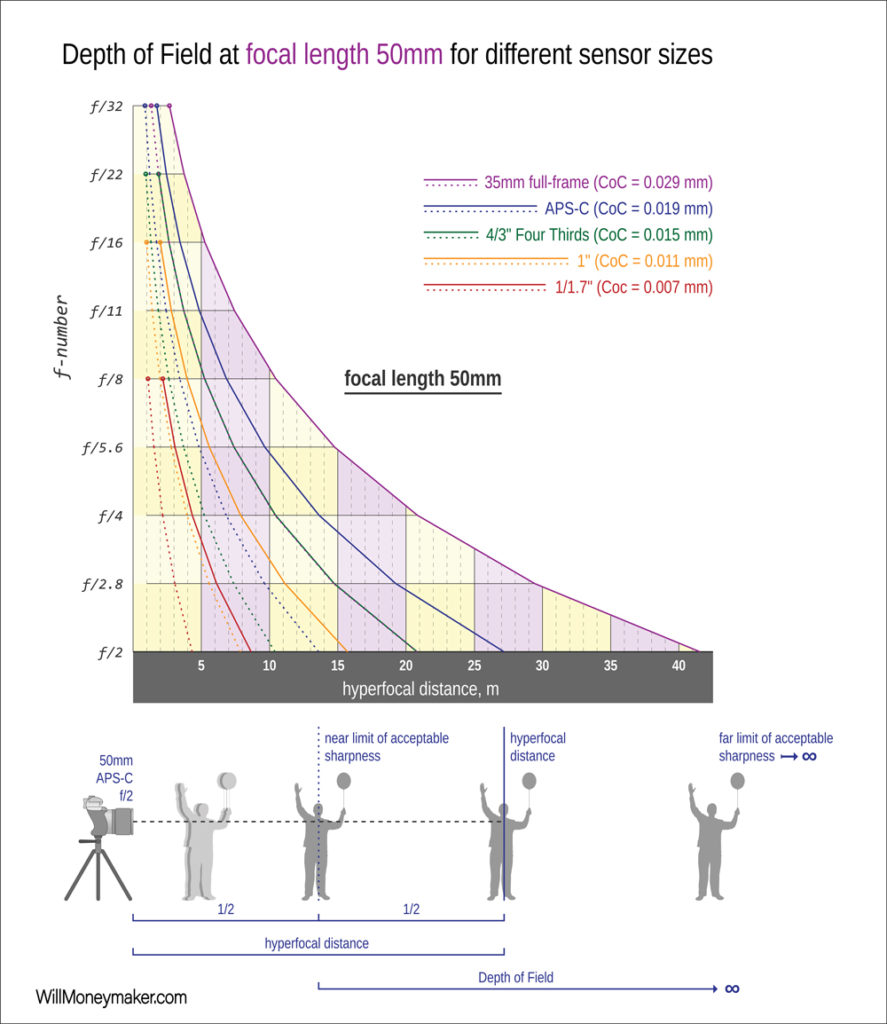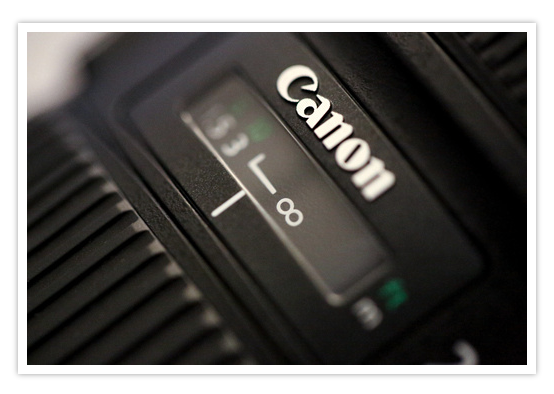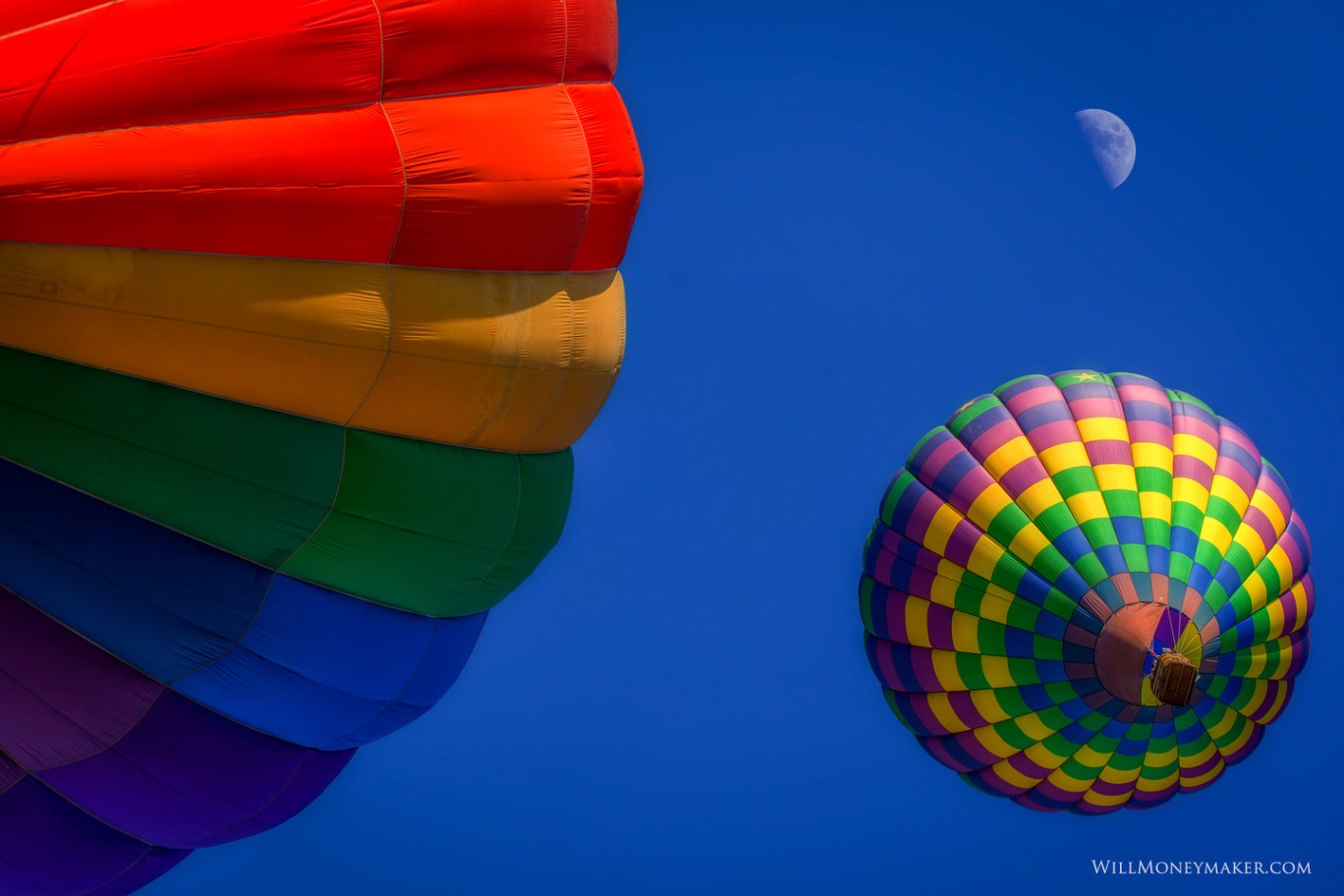Infinity focusing is a term that can be confusing even among experienced photographers and if you’re new to this, then it might be a major challenge to learn the how, why and when of this technique. The term itself is a little bit deceptive, which I’ll explain later on. After that, I’ll show you why to use infinity focus, and when to use it. Stick around, and before too long, you’ll be an expert on this topic!
What is Infinity Focus?
It helps to think of infinity focusing like this: Infinity focus is the opposite of a narrow depth of field. As you likely know, opening up your aperture creates a narrower area of focus, which helps you to isolate subjects by keeping foreground and background elements out of focus.
Infinity focus is similar to an extraordinarily wide depth of field. When your lens is focused to infinity, then everything in your frame will be in focus no matter how distant it is to your lens. There are a few caveats to this, however.
First of all, infinity focus isn’t quite infinite. Certainly, everything in the distance will be in focus, but the focal point actually starts at a distance in front of your lens. The area between your lens and the point where everything comes into focus is called the hyperfocal distance. The hyperfocal distance varies based on your aperture, the crop factor of your camera and the length of your lens, but in short, to take an effective photo at infinity focus, you’ll need to make sure that no objects falling within the hyperfocal distance make it into your image.

As an example, let’s say that you’re kneeling in tall grass to take a long-range landscape picture, but blades of grass keep finding their way in front of your lens. Blades of grass within the hyperfocal distance will always be blurry whereas everything after the focus point will come in sharp.
The other two caveats are that for one, not all lenses are capable of infinity focus, so you’ll have to make sure that you’re using a capable lens to take these kinds of images. For two, some adapters and filters — such as macro filters — will make it impossible for you to focus to infinity, even with a capable lens.
How to Focus to Infinity
The “how” of focusing to infinity really depends on the lens you are using. Like I said earlier, not all lenses can do this, but among the lenses that can, those that allow you to switch to manual focus are the best. A good manual lens will have a depth of field scale so that you can line up your focus ring with the scale to get the proper depth of field. To focus to infinity, simply line the focus ring up with the infinity symbol, which looks like this: ![]()

Infinity focus with an autofocus lens is a little bit more difficult. Since you can’t simply turn the focal ring to the infinity mark (because often there isn’t one!) you’ll need to instead focus on a distant object (something from the background of your shot). Then, once that — and everything else — come into clear focus, shut off the autofocus feature so that it doesn’t change the focus lock as you’re composing the infinity focused shot.
When Should You Use Infinity Focus?
Like any other technique, such as applying a narrow depth of field, infinity focus is something to be used at your discretion. However, there are a couple of instances where most photographers will turn to infinity focus.
First is the landscape. Part of what makes a landscape interesting is the fact that you can closely examine all of the details in the panorama that you’ve created, near or far. Wildlife photography is another good reason to use infinity focus. If you’re worried about wildlife running between the foreground and background of the image, use infinity focus to make sure the animal is in focus no matter where it is in the frame.
Finally, there is low light and nighttime photography. If you are manually focusing, setting your lens to focus at infinity is much easier than attempting to focus on objects that you can’t quite see in the darkness. To focus to infinity with an autofocus lens after dark, simply focus on the moon or another distant bright object and you’ll be able to ensure that everything in your long exposure remains sharp.
Just like narrow depth of field or creative lighting, infinity focus is one of those essential techniques that no photographer can do without. Make sure you learn this technique with your capable lenses so that you’re never stuck in the field wondering how to focus to infinity.
Now go and enjoy the beauty of God’s creation through your lens.





